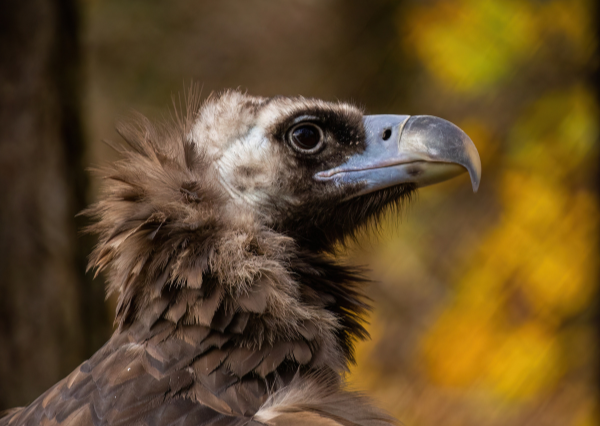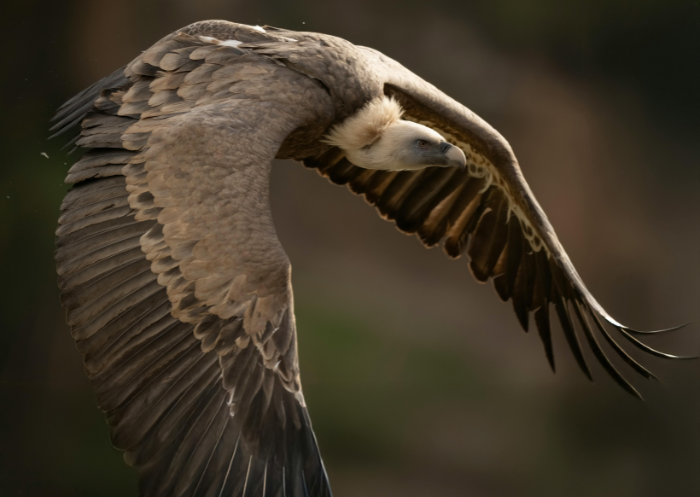Vultures face multiple threats worldwide that have put many species at risk of extinction. Understanding these threats is essential for effective conservation. Information, advocacy, and local and international targeted action focussing on those threats are crucial to protecting vultures worldwide.

Unintentional poisoning with poison baits
Poisoning wildlife, an illegal action all over the world, is the most critical threat to vultures today. Usually, vultures are not the direct targets but become collateral victims when consuming poisoned baits used to illegally control predators in livestock farming or hunting estates. A single poisoned carcass or bait can kill dozens of vultures at once, severely impacting already declining populations. This year, a poisoned elephant carcass killed 116 vultures in Kruger National Park. Among the victims there were Critically Endangered White-backed Vultures (Gyps africanus) and an Endangered Lappet-faced Vulture (Torgos tracheliotos).
A multifaceted threat, like poisoning, requires multiple solutions. These include replacing toxic chemicals with safer alternatives, enforcing wildlife protection laws, training professionals on adequate investigation of wildlife crime, and raising public awareness. The BalkanDetox LIFE and the WildLIFE Crime Academy projects, led by the Vulture Conservation Foundation, tackle precisely unintentional and criminal poisoning of wildlife.
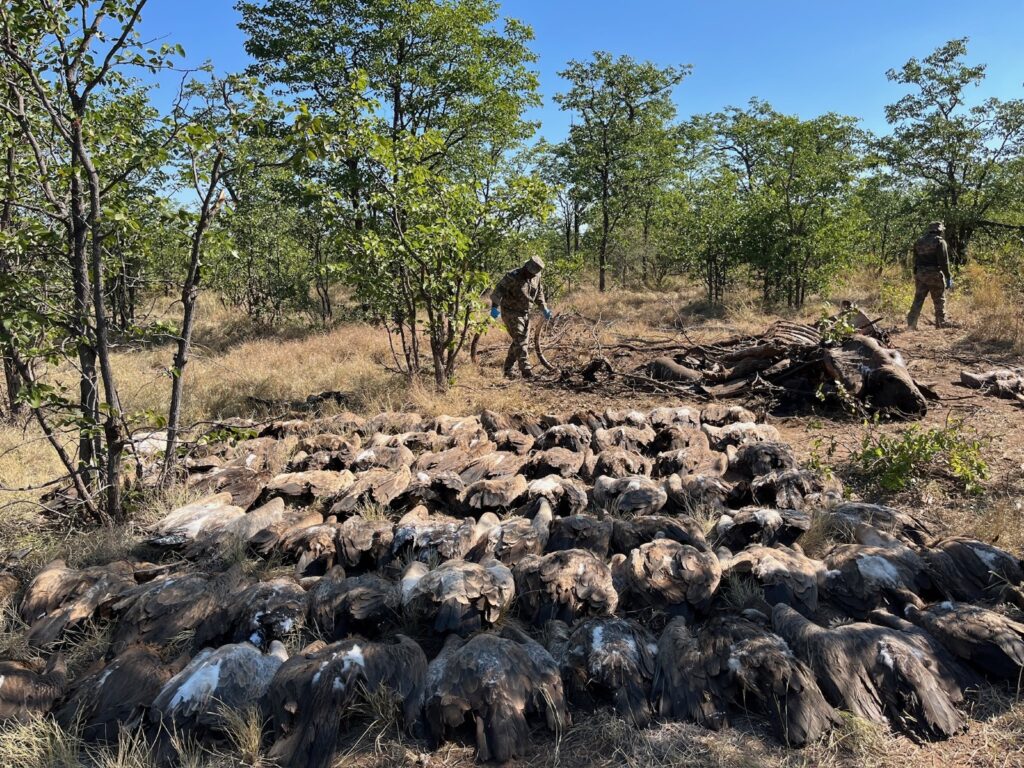


Poisoning with Lead and veterinary products
Lead is a toxic metal commonly used in hunting ammunition. It accumulates in vultures that feed on carcasses from game species containing ammunition residues, causing neurological damage, reproductive issues, and death. This threat reduces individual survival rates and population viability.
There is only one solution to this threat: replacing lead ammunitions with non-lead ones. Safe alternatives have been tested extensively for years. With the contribution of the hunting community, led exposure can be dramatically reduced. The EU is currently considering such a wide ban.
Unintentional poisoning can also result from some veterinary drugs use. Non-steroidal anti-inflammatory drugs (NSAIDs), like diclofenac, leave residues in carcasses that causes kidney failure and death in vultures that fed on them, with dramatic cascading effects on human and animal health, and the economy. In South Asia, this led to a 95–99% decline in three vulture species within 20 years, which resulted in a sharp increase of feral dog populations, leading to an increase in human deaths due to rabies. Diclofenac is now banned in India, Nepal, Bangladesh, and Pakistan. In Europe a number of measures have been taken to make sure that diclofenac can not enter the vulture food chain, but we need to remain vigilant.


Energy infrastructure collision and electrocution
Infrastructure such as wind turbines and power lines present collision and electrocution risks, which are leading causes of death for many vulture species.
Vultures soar riding wind currents, the same used to power wind turbines. Wind farm sites often overlap with vulture’s sensitive areas, like breeding colonies, roosting sites or migration routes. Vultures, flying while looking to the ground, often fatally collide with turbine blades.
Uninsulated pylons and power lines, pose a tangible electrocution risk. Vulture’s large wingspan causes them to accidentally touch cables simultaneously, causing fatal shocks.
Marking cables with bright diverters and insulating poles have proven effective to save birds lives. Similarly, wind farms can adopt shut down-on-demand systems and avoid key habitats when siting turbines. Monitoring and collaboration with governments and energy companies are essential to reducing these threats without hindering energy production.
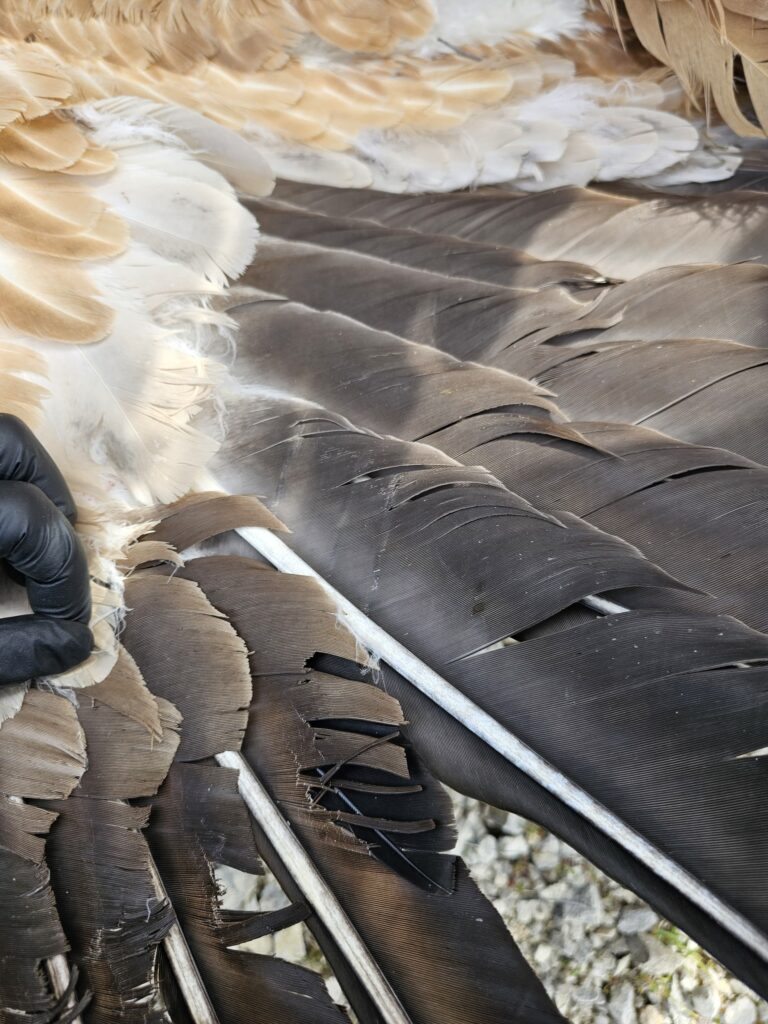

Habitat loss and food shortage
Land-use changes, habitat fragmentation, and human settlement expansion significantly reduce suitable vulture habitats. At the same time, changes in sanitary regulations meant to control livestock diseases, the abandonment of traditional farming practices and the decline of wild ungulates have reduced available food sources for vultures in some regions, particularly in Europe.
Protecting habitat and proactively providing safe food help vultures thrive despite changing landscapes. Therefore, conservation programs focus on protecting and restoring habitats and creating supplementary feeding stations to provide safe, consistent food supplies, or to change the existing sanitary regulation allowing for carcasses to be left for vultures where they do exist.


Illegal killing and trade
In some areas of Africa and Asia, vultures face direct persecution for traditional practices, cultural beliefs, or trade in body parts. Mass poisonings driven by superstition claim hundreds of individuals every year. Recent events in South Africa and The Gambia wiped out decades of vultures conservation and threaten local ecosystem. Even in Europe, vultures are sometimes shot at and killed.
Reducing illegal killing requires enforcing wildlife laws and fostering cultural change. Projects like the WildLIFE Academy, led by the Vulture Conservation Foundation, train professionals to identify and investigate wildlife crimes.
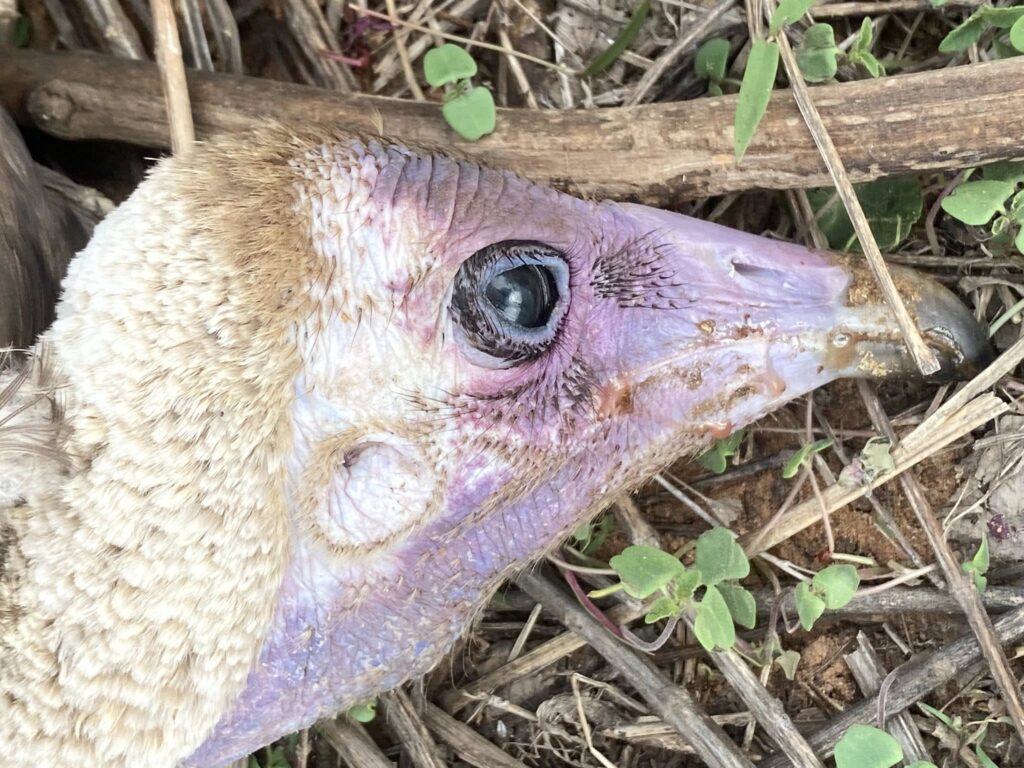

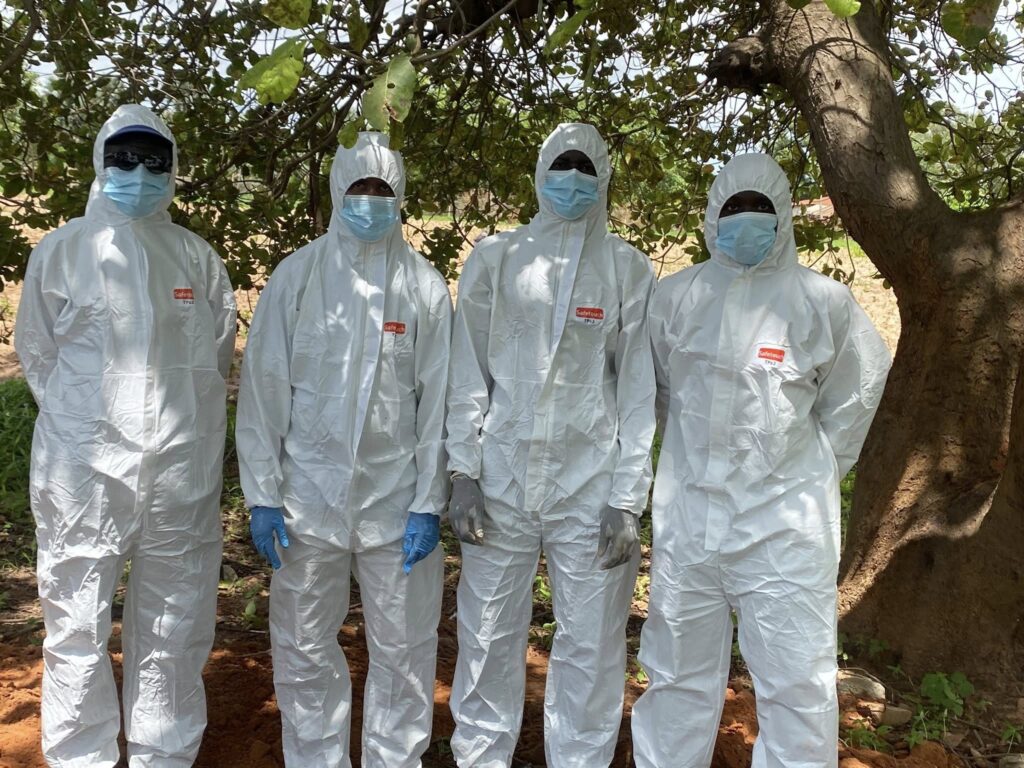
Hope and Action
Vultures face complex threats, but science offers practical solutions. Actions such as banning harmful NSAIDs, protecting habitats, mitigating infrastructure hazards, and community engagement show promising results. Targeted conservation efforts are already helping populations recover, particularly in many parts of Europe. Conservation professionals, enthusiasts, and stakeholders must continue collaboration, research support, and policy advocacy to sustain vultures worldwide.
Anyone passionate about vultures can contribute by supporting organizations and engaging in conservation initiatives. Together, we can help vultures thrive for generations to come.

